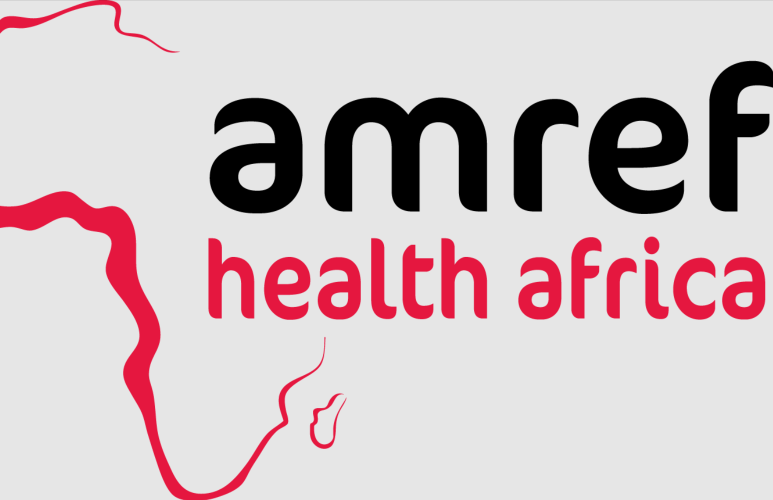A fundraising direct mail package created by members of the community who would benefit from the proceeds generated a higher average gift amount, and more money overall, than a package created by fundraising professionals, according to a test campaign coordinated by two U.K.-based academics. The test was conducted on behalf of Amref Health Africa, a medical services organization based in Nairobi, Kenya.
The “participant-created pack” featured a small brochure that centered around the first-person narrative of Patrick, a community health volunteer in Kibera, Nairobi. Photographs taken by non-professionals feature several people with whom Patrick works in both day-to-day and portrait depictions, as well as a small photo of Patrick himself. The images are low-res, and the design is simple.
The accompanying text from Patrick describes what workers like himself offer in the way of health care for people like those photographed, and outlines his hopes for the elderly in his society. A small version of the nonprofit’s logo appeared on the brochure’s back page.
The “Amref-created pack” relied much more heavily on text. Its front cover was a letter that discussed global vaccine inequality. The organization’s name and logo were prominently featured.
The brochure’s inside spread featured high-quality photography, with healthcare worker Patrick prominent within the pitch. The text describing Patrick’s role is written in third-person narrative style. Amref’s role in offsetting vaccine inequality is foremost within the narrative. The back page of the brochure continued the letter from the front cover, which ended with a donation solicitation.
Both the layout and the photography of the Amref-created pack were professionally generated and of high quality. Aside from Patrick, the only other person featured in the photographs was an unnamed individual who was having her blood pressure taken by Patrick.
Each of the two packages was sent to just fewer than 900 individuals within Amref’s donor file. The test was coordinated by Jess Crombie, co-course leader of the BA Photojournalism & Documentary Photography at London College of Communication, UAL and David Girling, an associate professor in the School of International Development at the University of East Anglia.
By most measures, the participant-created pack was more successful. It generated £6,708 [roughly $8,840, as of late March], compared to £6,105 [$8,044] for the Amref-created pack. The average gift size for the participant-created pack was £76.23 [$100.44], against £55.50 [$73.13] for the Amref-created pack.
The results would seem to indicate a clear-cut win for the participant-created pack, but there are two considerations. First, a single test does not indicate a trend. Second, and more noteworthy, the Amref-created pack generated more total responses – 110, compared with 88 for the participant-created pack.
If that pattern were to hold over several tests, fundraising professionals would have to weigh engagement with a higher number of individuals that resulted from the Amref-created pack – some of whom could, hopefully, be migrated to greater giving levels – against the higher up-front fund levels generated from fewer respondents, which is what the participant-created pack pulled.
Granted, the test was not a new-donor solicitation. As the researchers noted in their report, “The test, designed not to acquire new donors, but instead to see how donors engaged when a story was created by a participant rather than by Amref, was carried out with existing donors rather than a cold audience. We can therefore assume that the exact design and content of fundraising materials might be less important in terms of motivating a donation to this audience, as opposed to a new audience, who may well have responded differently.”
In an email exchange with The NonProfit Times, Crombie drew distinctions between what the test attempted to demonstrate and how a fundraising team might view the results. “Fundraisers will look at the details of this and want to draw direct comparisons between this and their activities,” Crombie wrote. “Fundraising is a science as well as an art, as the saying goes, so they will be looking at the cold hard data and may not see direct correlation between what they do and what this test did.
Crombie continued, “However, what we hope to communicate with this research is the broader idea that if you hand the power to create narrative over to your ‘beneficiaries’ (contributors as we prefer), more authentic and engaging stories are created, and therefore you build an environment that means closer relationship with your donors, and that therefore will lead to not only higher individual donations, as evidenced here, but also, we suspect, better retention rates.
